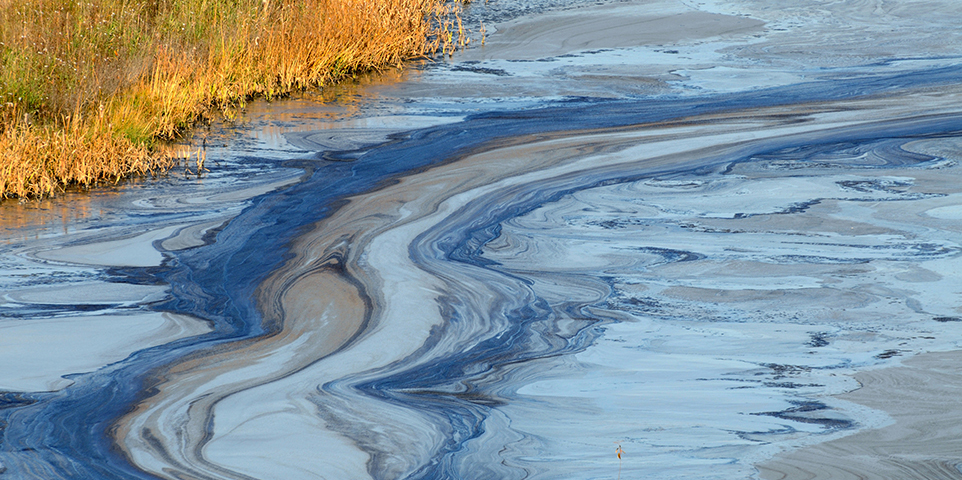Standard business general liability (GL) policies provide little coverage for pollution damage, including toxic spills like the one in West Virginia in 2014. Today most companies that store or handle potentially toxic materials purchase a separate environmental liability policy. These policies cover the exposure that the GL policy excludes.
Property owners purchase environmental impairment liability insurance. It covers property loss and liability arising from pollution-related damages for sites that have been inspected and found uncontaminated. It is usually written on a claims-made basis so policies pay only claims presented during the term of the policy or within a specified time frame after the policy expires. It limits liability insurers’ exposure to unknown future liabilities.
Generally coverage includes statutory clean-up requirements and bodily injury and property damage third-party claims and legal expenses resulting from pollution or contamination incidents. The coverage kicks in both for incidents that are “sudden and accidental” and “gradual.” Coverage also exists for business interruption losses.
Several other types of environmental liability insurance exist:
- Environmental consultants errors and omissions policies cover consultants who advise third parties about environmental conditions.
- Environmental contractor policies cover operations that a remediation contractor performs.
- Environmental testing laboratory coverage addresses the liability of firms that analyze hazardous materials in the soil, ground or air.
In addition, there are policies that protect lenders and real estate agents if they handle properties that later turn out to be contaminated.
Other policies were developed to respond to federal government requirements. Ships and other vessels must carry pollution cleanup indemnity, which covers oil spills and other toxic substances. Underground storage tank pollution liability fulfills an EPA requirement that tank owners and operators demonstrate they can pay the cost of cleaning up leaks and the resulting damage.
Shifting coverage for pollution losses from the standard GL policy to the environmental liability policy has marked a significant change in commercial insurance over the past forty years, with the change attributable both to America’s growing sensitivity to environmental concerns and insurers’ growing understanding of the potential exposure.
History of pollution coverage
In the 1960s and 1970s America’s growing concern for the environment led to passage of a number of federal and state laws regarding liability for environmental cleanups. The best known is the Comprehensive Environmental Response Compensation and Liability Act of 1980—the “Superfund” act, named after the trust fund it set up to pay for cleaning some of the nation’s most polluted sites. Many of these laws imposed liability for cleanup on polluters. Polluters sought protection under their general liability policies.
Insurers wanted pollution to be excluded. The standard policy’s original pollution exclusion, dating to 1973, was intended to make clear that the general liability policy was not intended to cover pollution that the insured party intended or expected to produce—like a factory spewing air pollutants up a smokestack. It also tried to clarify that the only pollution covered was “sudden and accidental.”
Over time, court decisions frequently interpreted the word “sudden” to mean unanticipated or unforeseen, exposing the insurance industry to losses it never intended to cover. Insurers tightened their policy wording, excluding almost all pollution losses in 1986, then adjusted wording gradually for the next decade.
Today the standard general liability policy excludes most pollution losses. The main exceptions are from smoke from an out-of-control fire or fumes from a faulty heating or air-conditioning system. In its place stands environmental liability coverage.
